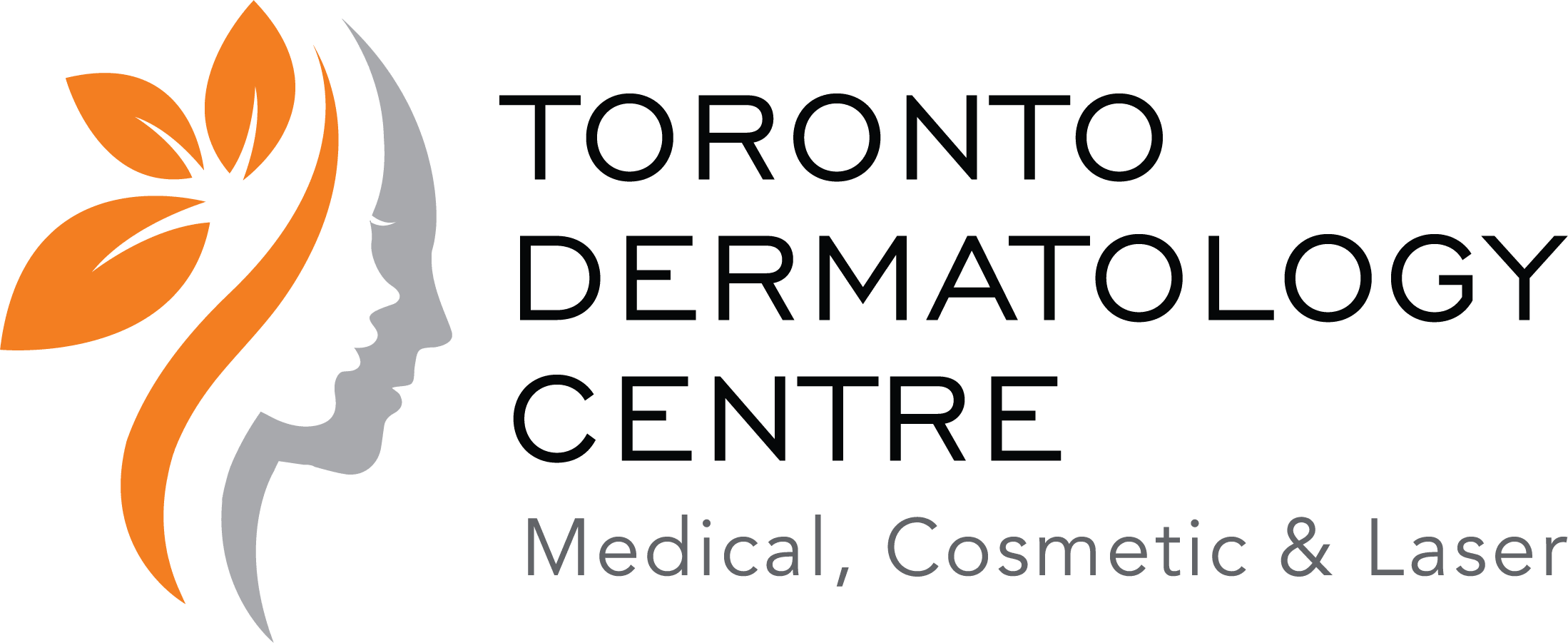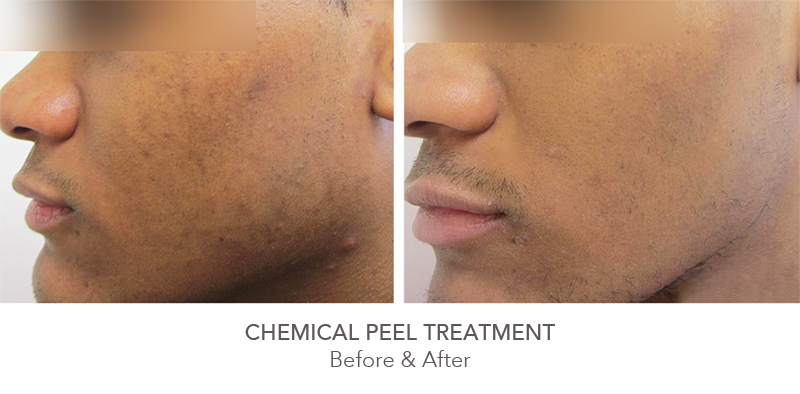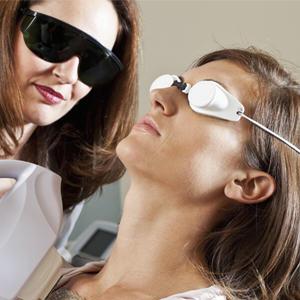 There is a very common misconception that laser treatments can’t be performed during the summer months. As many know, doing a laser on tanned skin can lead to burns, which, for lighter skin can leave a temporary discolouration. On darker skin, sometimes even on a light olive skin, the burn could lead to permanent skin discolouration.
There is a very common misconception that laser treatments can’t be performed during the summer months. As many know, doing a laser on tanned skin can lead to burns, which, for lighter skin can leave a temporary discolouration. On darker skin, sometimes even on a light olive skin, the burn could lead to permanent skin discolouration.
However, there are ways around this issue. For starters, wear sunscreen! Seriously, it really is as easy as that. No one is expected to stay inside all summer. It is short enough as it is, we certainly want you to get out and enjoy the beautiful weather. But a proper application of sunscreen either all over (preferred) or at least on the area to be treated, will prevent the skin from changing colour. Remember that sunscreen should be reapplied during the day if you are outside every 2-3 hours; hats, sunglasses, and clothing also offer good protection, as does shade.
All laser treatments can be performed on a residual tan. For example, let’s say you went south in April and got a pretty good tan, but you haven’t tanned since. It is now July, and you can still see the tan as darker than the rest of your skin. Well, that is ok. The laser treatment won’t be affected by an older tan and the skin won’t burn. Each laser has a specific time frame that is preferred for the skin to be tan free. For instance:
BBL or IPL (Photorejuvenation)
- Used for vessels, redness or flat brown spots ; 4 weeks tan free to be safe
Light Sheer Duet Diode Laser
- Used for hair removal; 2 weeks tan free
KTP 532nm Laser
- Used for veins, sun damage, port wine stains; 2 weeks tan free
NdYag 1064nm Laser
- Used for hair removal, leg veins; 2 days only out of the sun!
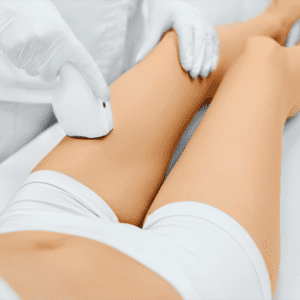 For example, let’s say you are doing laser hair removal for your legs, which is done about every 8 weeks. You can still be out, even get a tan, but for two weeks before your next session, be sure to wear sunscreen. We can adjust the settings accordingly and still treat in a very safe way, and you don’t need to get off course at all. For the face, which is done every 4 weeks, it is best to wear sunscreen all the time (for so many reasons!) but if you have been in the sun and feel that there may be a slight tan on your skin, we can treat you with the NdYag, providing you have been sun free for only two days or more.
For example, let’s say you are doing laser hair removal for your legs, which is done about every 8 weeks. You can still be out, even get a tan, but for two weeks before your next session, be sure to wear sunscreen. We can adjust the settings accordingly and still treat in a very safe way, and you don’t need to get off course at all. For the face, which is done every 4 weeks, it is best to wear sunscreen all the time (for so many reasons!) but if you have been in the sun and feel that there may be a slight tan on your skin, we can treat you with the NdYag, providing you have been sun free for only two days or more.
Of course if we are treating your face for brown spot removal, which is caused by the sun in the first place, sunscreen is needed every day, and all year round, to avoid more damage. It doesn’t make a lot of sense to try to get rid of sun damage if you aren’t going to wear sunscreen or practice other sun safe behaviours.
Although we do see a lot of people at this time of year who are considering laser treatments for a variety of reasons, it is important that the patient is able to comply with the mandatory guidelines to avoid a burn or to avoid new sun damage. Some of my consults who haven’t started treatments yet choose to delay beginning their sessions until the fall. That is ok too.
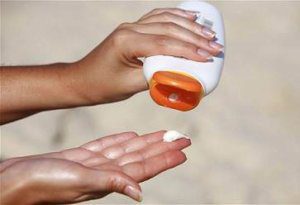
For me, I always wear sunscreen, and therefore have no qualms about doing any laser treatment during the summer. I have also done chemical peels, microdermabrasion and other medical esthetics during the summer, with no repercussions. The choice is yours. I believe that being smart about it and knowing my priorities is the first step in choosing when to treat. If I have a consult come to see me who I can tell will not be able to remember to cover up or apply their sunscreen as needed, I will suggest for them to wait until the fall. By the time the next summer comes around, and their skin looks so good by then, they will have no problem remembering how to protect their skin from then on.
If you are considering some sort of laser treatment, but aren’t sure if you are a good candidate for it, come in for a consult (no charge!). We will let you know what you need to do, what to avoid and whether or not we feel you are best to start now or wait until the fall to begin. An informed, educated consultation is always the first place to start. And from there, together we can make a plan that suits not only your skin condition, but your lifestyle as well.
~ Sheri Roselle, Medical Esthetician at Toronto Dermatology Centre
